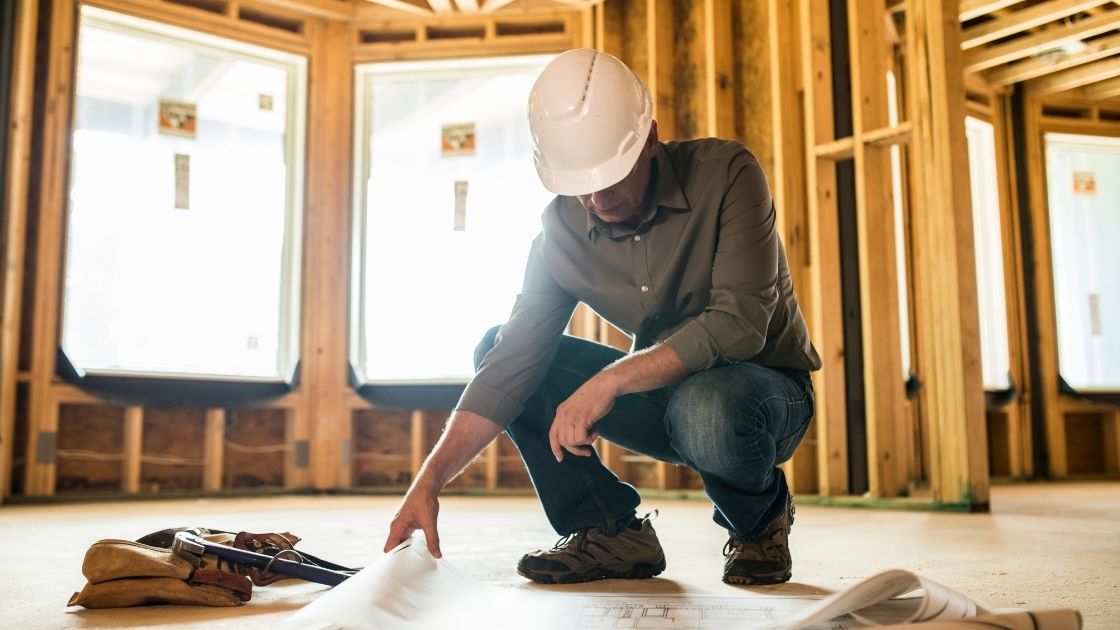A type of private money loan that you can use to secure short-term financing in renovations is a hard money loan.
Private money loans are approved faster and allows the borrower to have access to the money in a shorter amount of time. A hard money loan, sometimes called a “rehab or bridge loan”, is a type of private loan backed by a “hard” asset. Oftentimes, the collateral is evaluated instead of the borrower’s financial profile. This means that with hard money, loans are individually underwritten based on the property and the experience or know-how of the borrower. However, hard money loans are provided at higher interest rates than traditional loans due to the shorter term and heightened risk.
Here are easy ways to secure a hard money loan:
You have to secure a down payment.
Hard money lenders will not loan you the entirety of the property’s value. To mitigate their risk, hard money lenders use a calculation called loan to value (LTV) which is the ratio of the loan to the property’s value. Most lenders will go in at least 60% LTV and can go deep as 75%, so you as the borrower would have to put out the rest of the value of the property. Some lenders will have to put a lien on other of your properties if you wish to go higher than the cap. For instance, to finance a $2,000,000 apartment building, at 60% the loan will be $1,200,000 and you have to put up the remaining cash worth $800,000. While there are different means to secure that cash, it is better if you have it ready in your bank savings. This will make it more attractive to investors and removes the need to place liens on other of your owned properties.
Find a reputable lender.
You need to ensure that you have respectable hard money lenders within your immediate network. This removes the hassle of finding a good lender when you have a project that needs immediate financing. Take note that some lenders are loan sharks, while reputable ones are truly interested in helping you finance that project.
You must have set criteria when evaluating the reputation of a lender. Do they have a good-looking website? Do they have recommendations coming from other investors? Do they have existing lawsuits? Do they have a portfolio of accomplished projects? Do they agree to meet in person?
Genuine hard money lenders will inspect the property you have put up as collateral. One sure fire way of succeeding in finding esteemed hard money lenders is to build a network of reliable real estate professionals like a real estate investors association which is committed to connecting real estate professionals with one another which can surely help you find a respectable lender when in need of a hard money loan.
Your property must have the investment potential.
Once you have put up your down payment and found a respectable lender, you need to show the lender that the property has tremendous potential. At the end of the day, it is the property that the lender will be interested in and nothing else. The value of the collateral is nothing compared to your experience in real estate and showing to the lender that you indeed know what you are doing. Documents pertinent to your property that you will be investing on like surveys, construction costs, and contractor bid sheets will be needed by the lender. Thus, you will have to prove the value of the property, the neighborhood it is in, and its growth potential.
You must apply for a loan.
Hard money loans can be approved in shorter duration like two weeks when compared to traditional loans. You must ensure that all your documentary requirements are ready not just for the loan itself but for the property in question as well. As soon as the loan is secured, contractors and designers should be informed of the timeframe so they can start the required work. It is important that you are ready with other documentations that the lender may want to inspect as well such as tax documents and bank statements. Get in touch with the lender during the application process and return their calls and mails promptly. If hard money lenders feel that you are not that invested in your own project, they may have to not grant your loan application. Hard money lenders keep lesser capital on hand. If they feel you’re not interested in your own project, they may move on to working with a different prospect.
Secure yourself.
You should eliminate your personal vulnerability as a real estate investor. First of all, never conduct business under your own name and you have to separate your assets from that of your business and remove all possibilities that the lender will come after your personal properties. You need to exert extra due diligence as hard money lenders are not regulated like banks and review paperwork with a lawyer. Further, the lender must disclose all the fees by means of a Loan Term Sheet. Secure pertinent information like how much of the payment will go towards interest. Red flags during the application process will tell if the lender is good. You also need to secure insurance for your assets as lenders will often require this. Make sure you also cover all other fees to avoid putting yourself under unnecessary additional financial burden on top of the hard money loan repayment.
Have a swift repayment plan.
As hard money loans are merely short-term solutions, most of them are issued with a time frame of only twelve months. Should you fail to pay the loan by the time frame set, you are at risk of losing your collateral. Some lenders allow borrowers to make a lump-sum repayment once the project has been completed. Thus, it is important that your team is onboard to finish the project on schedule.
This shows that obtaining hard money loans are much easier than traditional loans. The requirements are direct, and any hard money lender will be happy to provide details which will be of tremendous help to potential house flippers or real estate investors. If you are investing in the Lone Star State, GL&L Holdings will be here to help you! Wherever you may be, if you are interested in real estate just follow these steps and start with securing that down payment and you are good to start on that first project!


